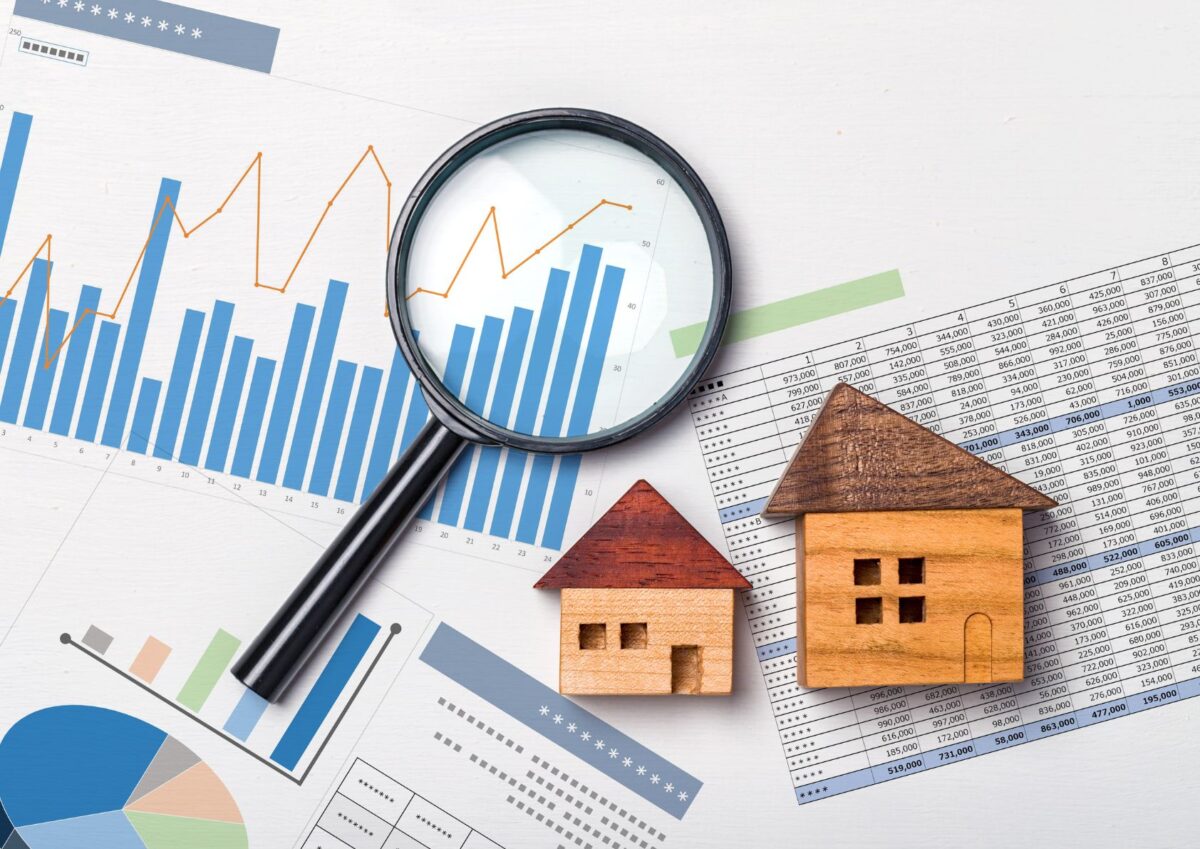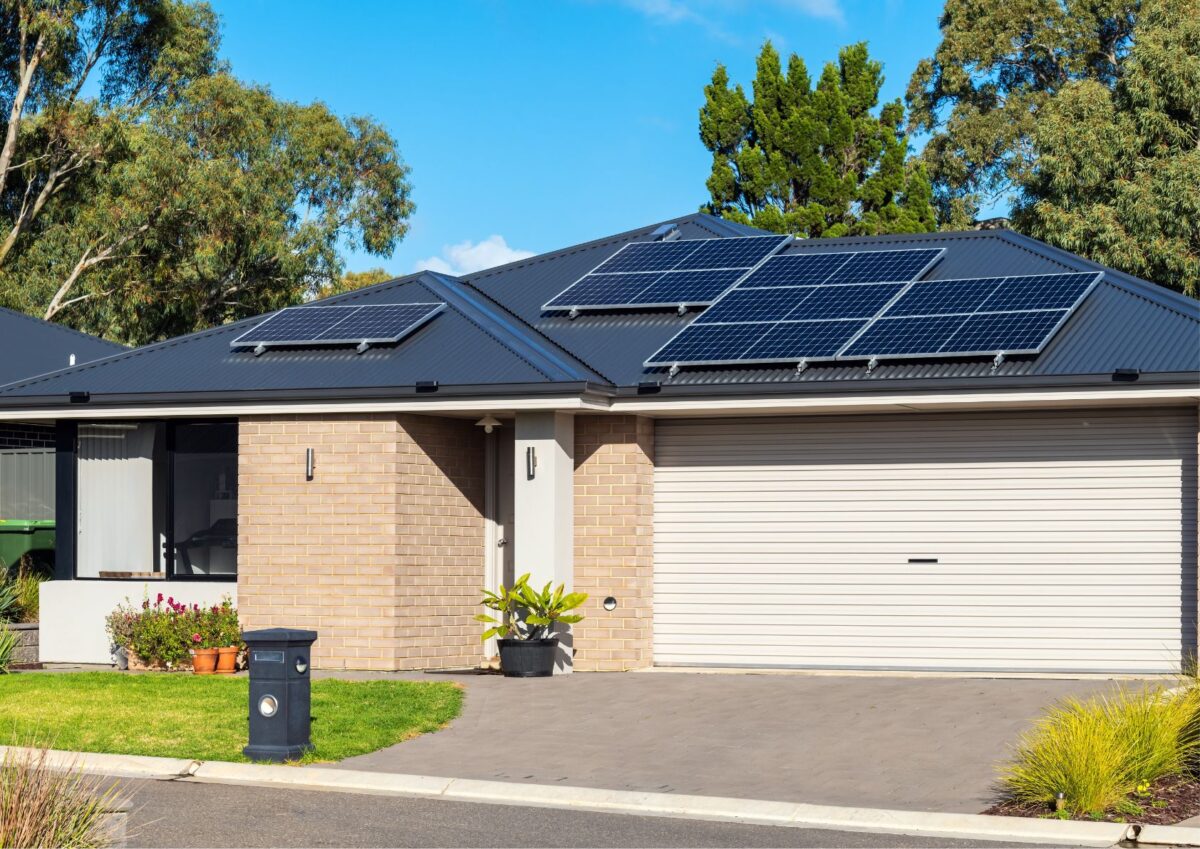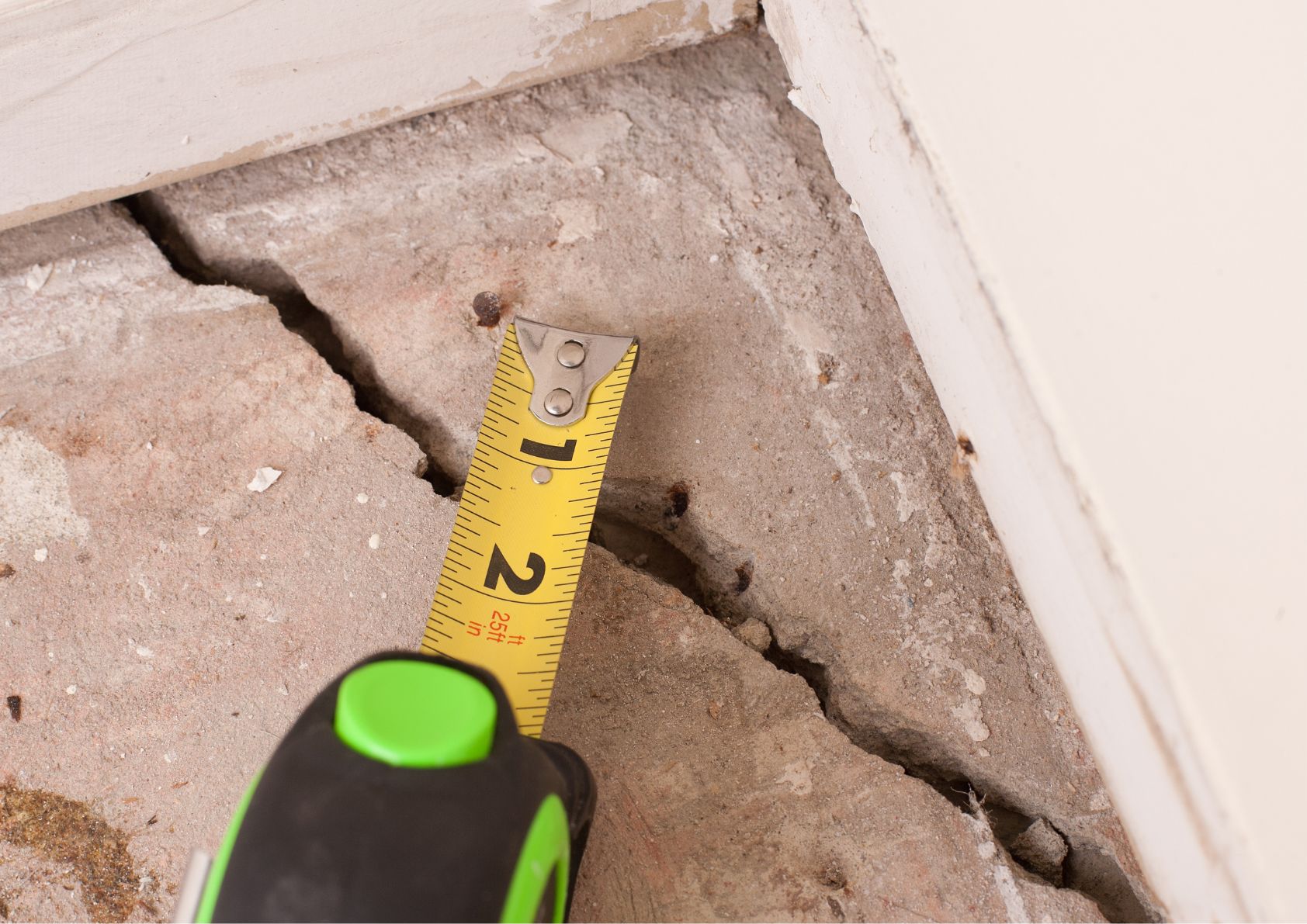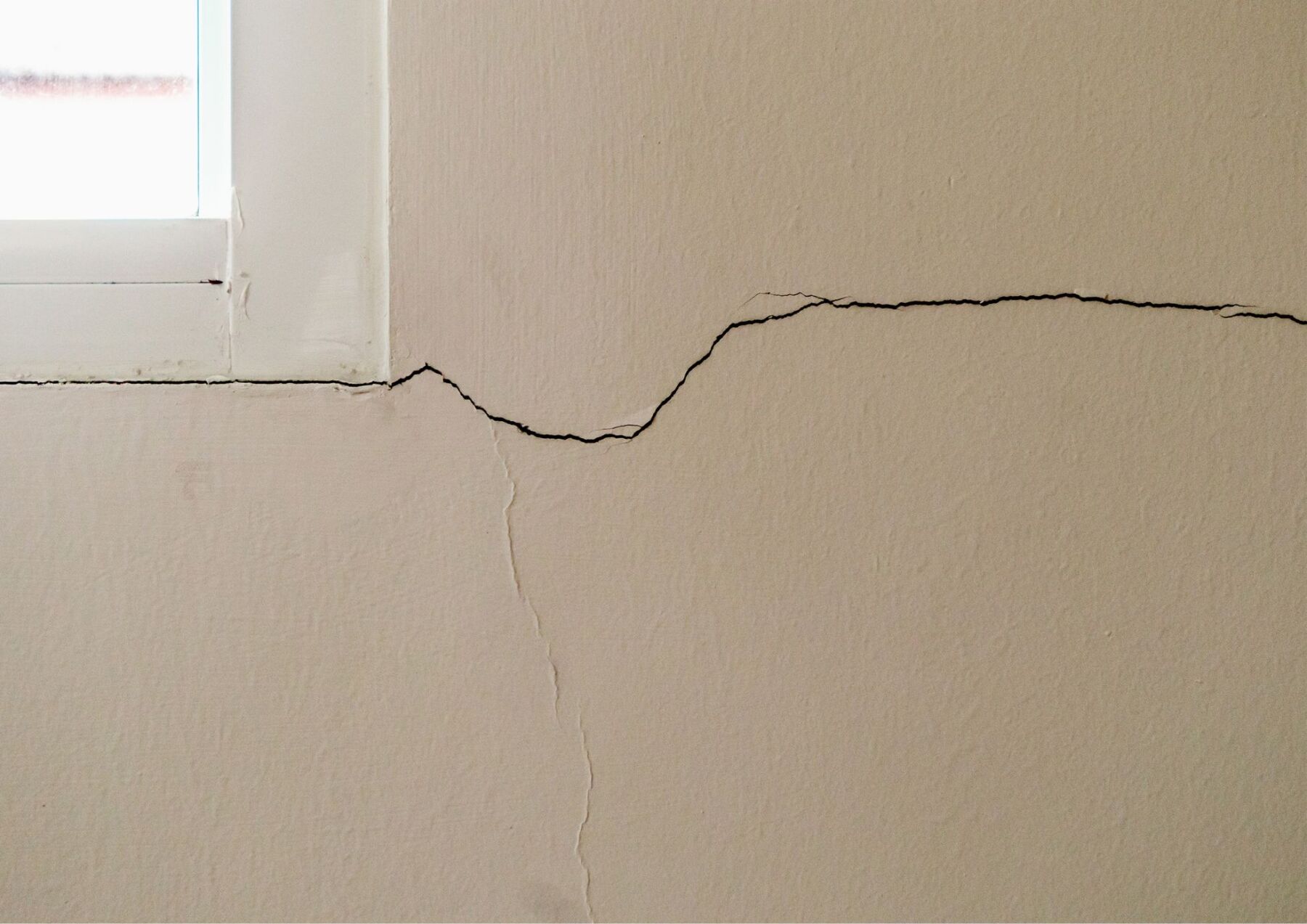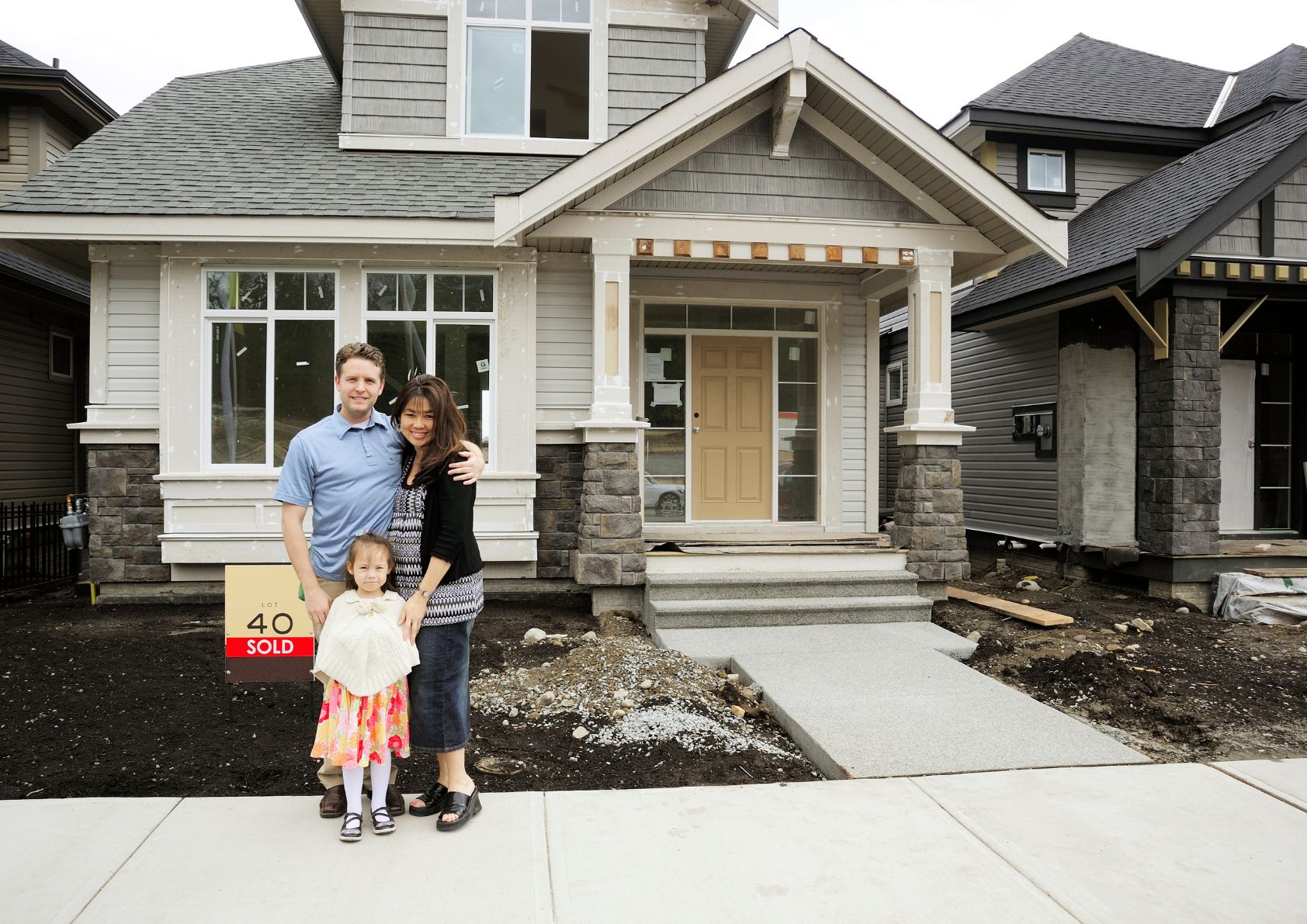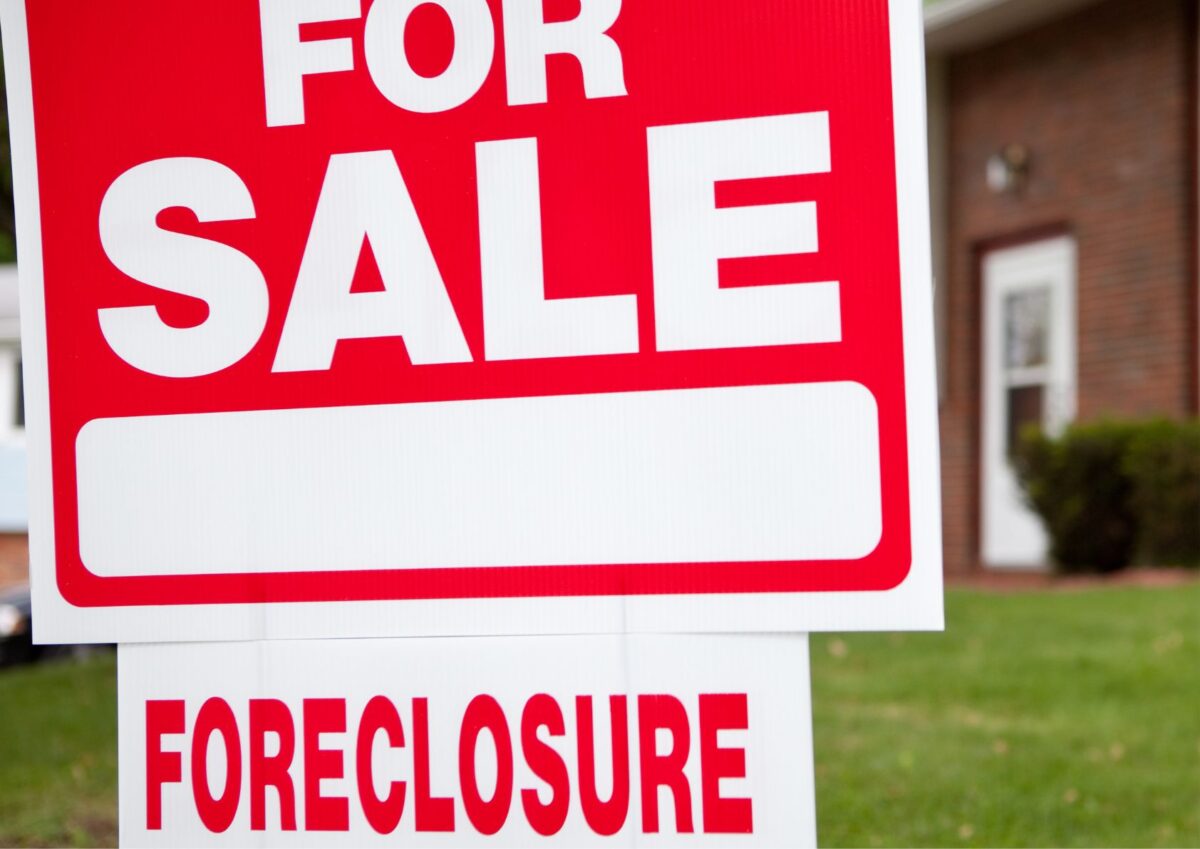The real estate market changes with the seasons, and fall and winter are no exception. As temperatures drop, home prices and buyer activity can shift in surprising ways. If you’re thinking about buying or selling a home, understanding how seasonal changes affect home prices can help you make a more informed decision. Here’s what to expect this fall and winter.
Lower Competition, But Serious Buyers
As the leaves fall and winter approaches, the number of people shopping for homes tends to decrease. Families with school-aged children prefer to move during the summer, which leaves fewer buyers in the market during colder months. This often results in less competition, giving buyers more negotiating power.

For sellers, this means that while there may be fewer offers, the buyers who are shopping in fall and winter are usually more serious. If you’re listing your home, it’s important to market it effectively and make sure it’s priced right to attract motivated buyers.
Home Prices May Cool, But Not Everywhere
In many markets, home prices can cool off during the fall and winter as demand decreases. However, this doesn’t happen across the board. In high-demand areas or cities with strong economies, prices may hold steady or even continue to rise.
Sellers should keep in mind that while they might not see the rapid price increases of the spring and summer, fall and winter can still be a profitable time to sell, especially with serious buyers in the mix. Buyers, on the other hand, may have an opportunity to snag a deal if they’re patient and do their homework.
Holiday Timing Matters
The holidays can also play a role in how seasonal changes affect home prices. As people prepare for the holidays, fewer homes may be listed, further reducing competition for buyers. However, some buyers may want to close before the end of the year for tax benefits, creating opportunities for sellers to capitalize on timing.

If you’re a seller, listing your home just before or after major holidays can help you stand out in a less crowded market. Buyers can benefit from this as well by taking advantage of fewer competing bids on available homes.
Mortgage Rates and Inventory Fluctuations
As the year comes to a close, mortgage rates may fluctuate, which can impact buyer behavior. Rates often rise slightly toward the end of the year, so if you’re a buyer, it’s smart to lock in a rate early in the fall to avoid paying more in interest.
For sellers, it’s important to keep an eye on local inventory levels. If fewer homes are available, it can work in your favor, even in the cooler months. Low inventory can drive demand, helping you get the best price for your home.
Conclusion
As we move into 2025, keeping an eye on real estate trends will give buyers and sellers an edge in navigating the ever-evolving market. From the continued rise of remote work communities to the growing importance of sustainable homes, this year promises to bring new opportunities and challenges. By staying informed about these trends, you’ll be better equipped to make smart real estate decisions, whether you’re looking to buy, sell, or invest. The key to success in any market is preparation, so prepare for an exciting real estate year!

